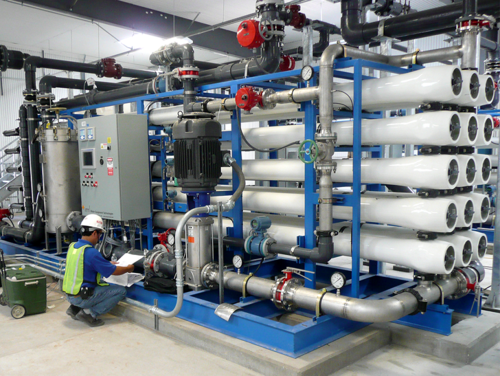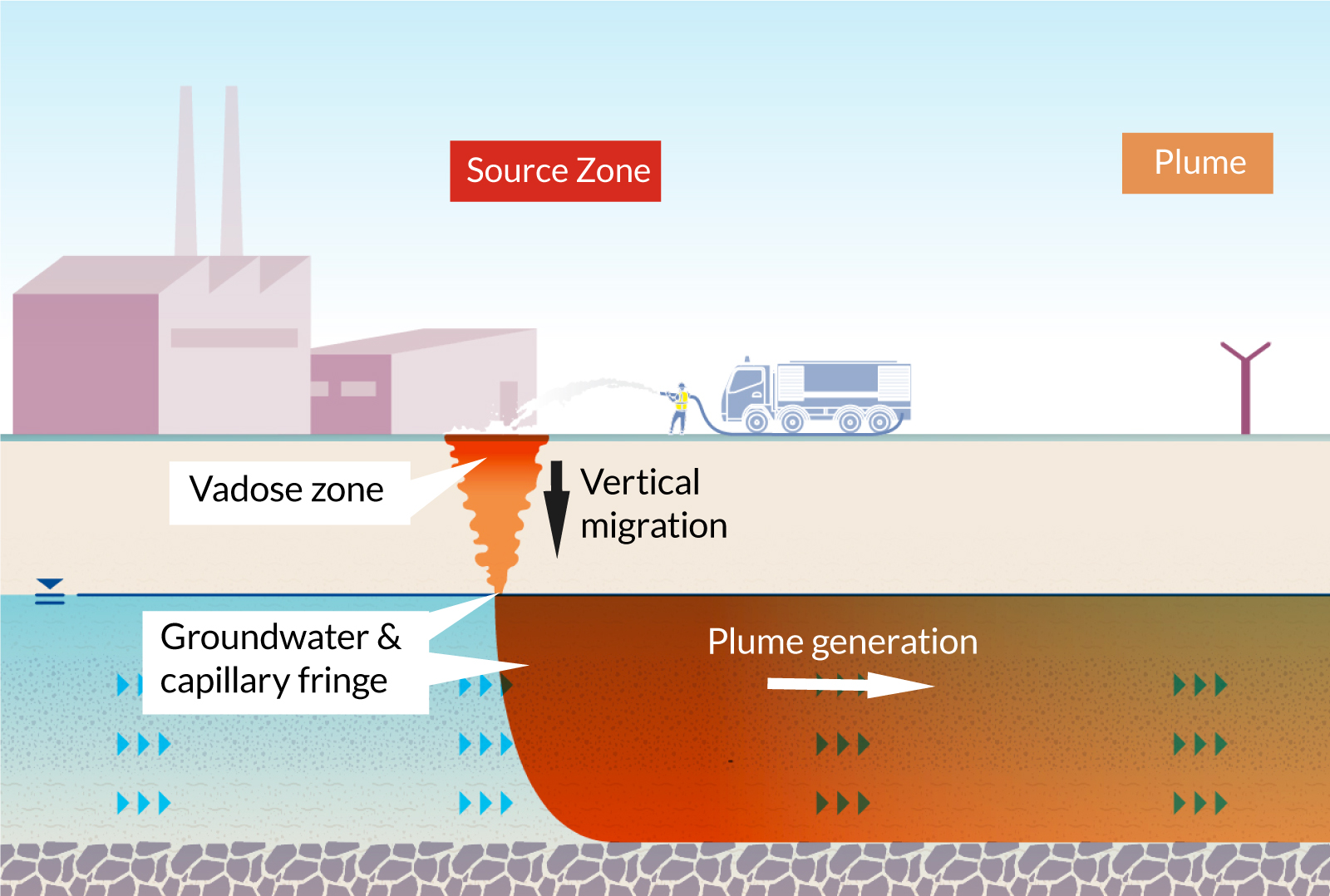Exactly How PFAS Treatment Guarantees Tidy and Sustainable Water
The presence of PFAS, generally referred to as "for life chemicals," postures significant obstacles to water high quality and public health. Advanced therapy innovations, consisting of activated carbon adsorption and membrane layer filtration, have actually arised as reliable remedies to minimize these impurities. By using these methods, areas can not just achieve cleaner water however additionally foster lasting practices that shield communities. However, the implications of these therapies expand beyond immediate wellness benefits; they elevate vital inquiries about lasting water management methods that need to be addressed to make certain a resilient future. What does this mean for our approach to water sustainability?

Recognizing PFAS Contamination
PFAS, or per- and polyfluoroalkyl compounds, have become a significant ecological issue due to their widespread prevalence and perseverance in the environment. These artificial chemicals have actually been utilized in various commercial applications and consumer items, including non-stick kitchenware, water-proof apparel, and food product packaging, because of their unique buildings such as water and oil resistance.
The contamination of soil and water sources by PFAS happens mainly with commercial discharges, firefighting foam use, and leaching from land fills. pfas management. Once launched, these compounds are resistant to destruction, causing their build-up in the atmosphere. This persistence raises vital concerns, as PFAS can take a trip long ranges via groundwater and surface area water supply, influencing drinking water products and environments

Health Threats of PFAS
The persistence of PFAS in the environment raises significant wellness issues for individuals exposed to these substances. Research has actually connected PFAS exposure to numerous damaging health and wellness impacts, consisting of immune system disorder, liver damage, and raised threat of certain cancers.
The ubiquity of PFAS in customer items, such as non-stick pots and pans, water-repellent materials, and food product packaging, further amplifies the risk of exposure. Drinking water contaminated with PFAS is a substantial worry, as these chemicals can seep right into groundwater resources. At risk populations, consisting of children and those living near industrial websites, may deal with intense dangers as a result of their creating systems and potential for higher exposure degrees.
As understanding of these health risks remains to expand, regulatory firms are starting to establish standards for PFAS levels in alcohol consumption water. Public health and wellness initiatives are important to minimize exposure and protect areas from the long-lasting impacts of these harmful compounds.

Ingenious Treatment Technologies
Exactly how can we properly deal with the challenges posed by PFAS contamination in water resources? Innovative therapy innovations are check these guys out emerging as critical remedies in the pursuit for tidy water. These approaches concentrate on the removal or damage of per- and polyfluoroalkyl substances (PFAS), which are well-known for their determination in the atmosphere.
One promising technique is adsorption utilizing sophisticated materials, such as turned on carbon and ion exchange materials. These materials have revealed effectiveness in recording PFAS molecules from water. An additional noteworthy technology is membrane filtering, which utilizes nanofiltration and reverse osmosis to separate impurities at the molecular degree, thus offering a barrier against PFAS.
Furthermore, advanced oxidation processes (AOPs) use strong oxidants to damage down PFAS substances into harmless byproducts. This method is specifically effective for dealing with extremely polluted water sources. Bioremediation methods, utilizing certain microorganisms, are additionally being explored to degrade PFAS.
As study proceeds, hybrid systems that incorporate several modern technologies might offer improved performance, resolving the intricacies of PFAS contamination. The growth and application of these ingenious therapy technologies are necessary actions towards guaranteeing the security and sustainability of our water resources.
Advantages of Effective PFAS Treatment
Successfully treating PFAS contamination in water sources considerably enhances public wellness and environmental safety and security. PFAS, frequently described as "permanently chemicals," are immune to destruction and can gather in the human body, bring about significant health threats such as cancer, liver damage, and immune system disorder. By implementing reliable therapy techniques, neighborhoods can minimize direct exposure to these unsafe compounds, ultimately boosting the wellness end results of their populations.
In addition, successful PFAS treatment contributes to the preservation of local ecological communities. Polluted water can adversely affect aquatic life and interrupt the fragile balance of local environments. By making certain tidy water, treatment procedures secure biodiversity and maintain environmental integrity.
Furthermore, effective PFAS removal can cultivate public confidence in water quality. When neighborhoods are assured that their drinking water is without damaging contaminants, it advertises a sense of safety and security and wellness. This trust fund is crucial for area engagement and support for ongoing water monitoring campaigns.
Future of Water Sustainability
Amid growing concerns regarding water top quality and scarcity, the future of water sustainability hinges on ingenious methods and collaborative efforts. As communities face the impending risks of impurities like PFAS, the advancement of innovative treatment modern technologies is vital. discover here These modern technologies not just concentrate on the removal of dangerous substances but also advertise the reuse and recycling of water, therefore minimizing general demand.
In addition, effective water governance plays an essential function in ensuring sustainable methods. Policymakers need to incorporate scientific research study with governing frameworks to establish clear guidelines for water usage and treatment. Stakeholder interaction, including neighborhood areas and sectors, cultivates a feeling of common obligation and motivates sustainable techniques throughout various industries.
Investment in infrastructure is also essential; updating aging systems to include modern-day filtration and purification approaches can significantly boost water top quality. Moreover, embracing green modern technologies, such as all-natural filtration systems, can give eco-friendly remedies.
Inevitably, the future of water sustainability depends on an all natural technique that combines innovation, plan, and area helpful resources involvement. By prioritizing these components, we can protect our water resources for generations ahead, guaranteeing tidy and lasting water for all.
Verdict
In conclusion, the reliable therapy of PFAS is necessary for making sure clean and lasting water. Eventually, robust PFAS treatment approaches contribute to long-term strength in water monitoring, promoting public count on in water top quality and advertising sustainable practices.